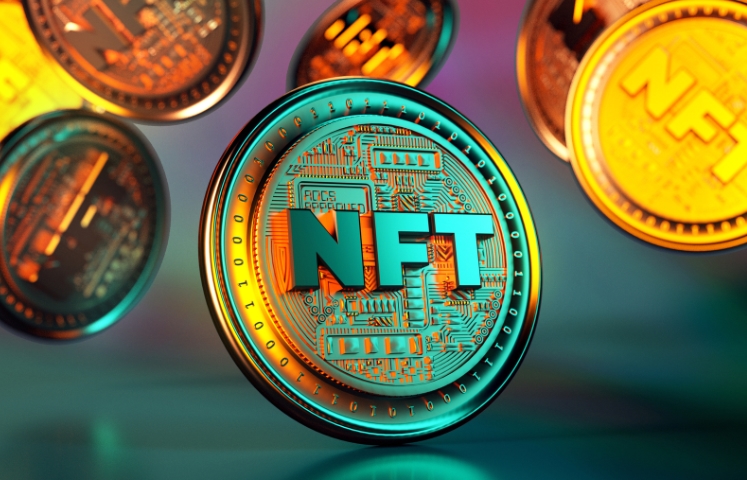Bitcoin ordinals: getting to grips with the issue
Order numbers, artifacts and ordinals – is not a very relevant and well-known topic in the market, however, you may come across it on your trading path. Therefore, we will talk about it in this article.
Definitions
Let's start with some basic definitions. The Bitcoin ecosystem is some mass of countable and bounded units. It can be ordered and assigned a sequence not only to each bitcoin, but also to each satoshi.
Based on this property, so-called ordinals or ordinal numbers – something like NFT, artifacts in the Bitcoin network, once appeared on the market. This is a system for assigning a certain level of rarity and traceability – characteristics that perfectly define the collectibles – satoshis mentioned above.
Casey Rodarmore's Invention
This theory is explained in detail on Casey Rodarmore's personal website, who once coined the term satoshi, a highly conventional term, but one that has caught on well.
The idea is to invent a system to assign a unique number to each satoshi. Why are we talking about conventions? Because it's not something established by the protocol, but an ordering hypothesis that you may or may not agree with. The characteristics of Bitcoin's protocol and transactions do not allow you to unambiguously agree on the order that each satoshi will be given.
The concept of individualized Satoshi notation
A different notation could have been chosen for each satoshi. Casey Rodarmore created the rather complex form A°B′C″D‴, where:
- A – refers to a cycle. In Rodarmor's notation, a cycle refers to an interval that lasts for six halwings, and at the end of this cycle there is a complete match between the complexity adjustment and the halwings of Bitcoin itself.
- B – refers to the current halving.
- C – block number in the current complexity recalculation period.
- D – the number of satoshis in the block itself.
Then add to this the distribution of satoshis: common (2.1 quadrillion), uncommon (6,929,999), rare (3,427), epic (32), legendary (5), mythical (1), changing the vocabulary and classifications from the world of commerce to those from the world of video games. That is, according to this scheme, rare satoshi – are the first units mined during difficulty recalculation, and mythic – the very first micro coin in history.
Simply put, the satoshis are numbered in mining order, and then this numbering allows you to keep track of the coins in transactions.
Ordinals in NFTs
Ordinals – is a protocol that allows you to identify satoshis and attribute certain data to the code. This data represents something like digital assets or analogs of NFT, which have their own value for collectors.
However, the popularity of such units has so far remained low – the protocol contradicts Bircoin's concept of simplicity and immutability, and this is a major stumbling block between community members.























 Tonkeeper
Tonkeeper Русский
Русский English
English